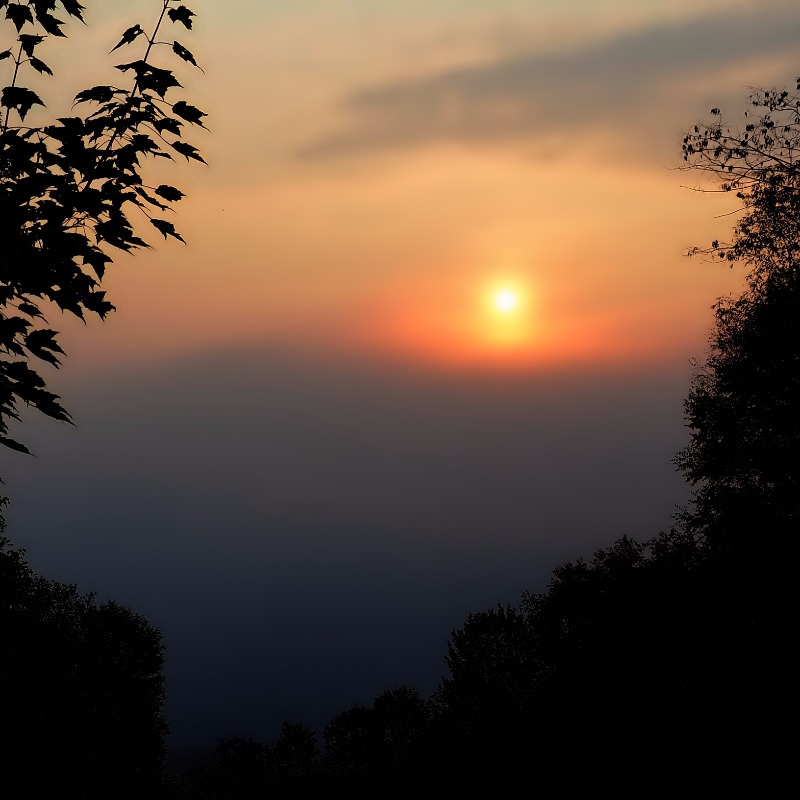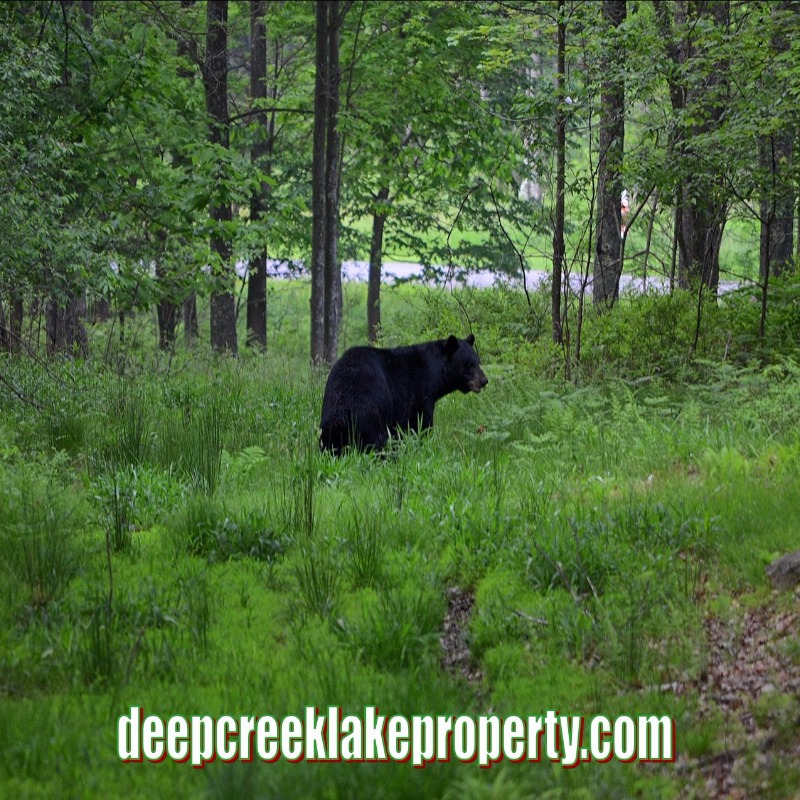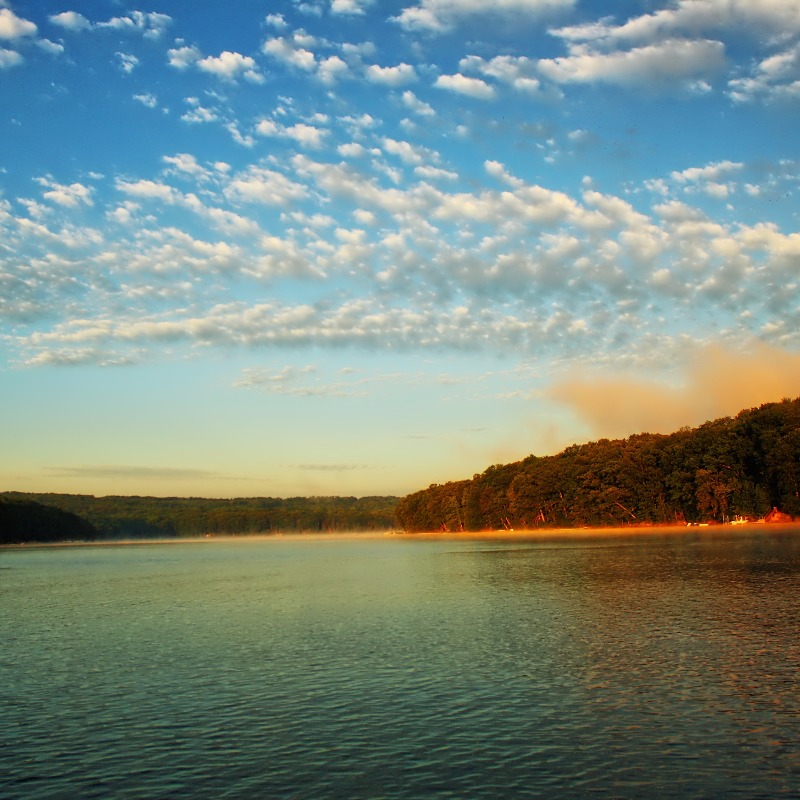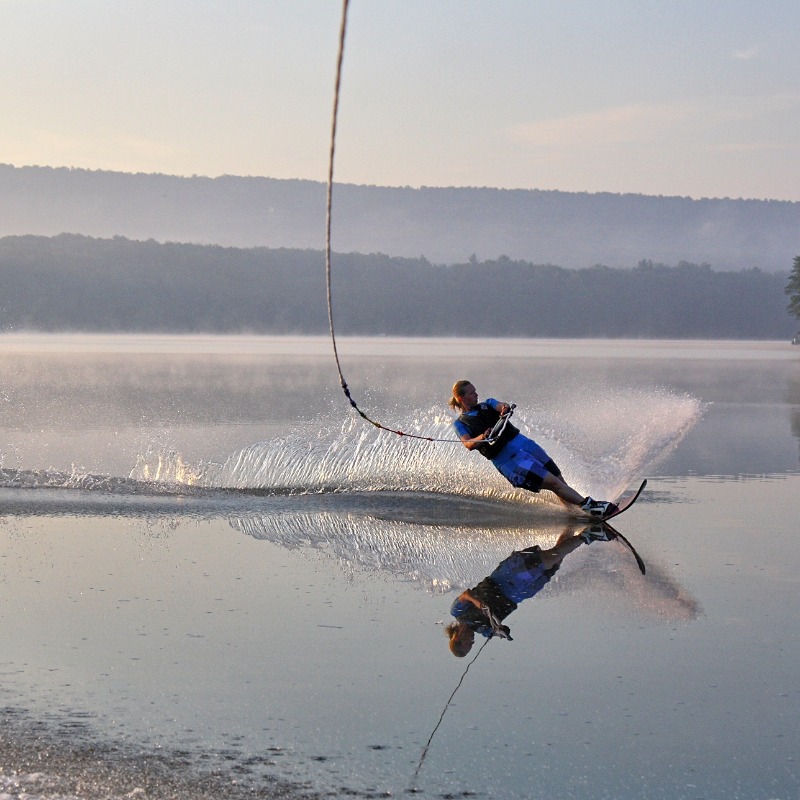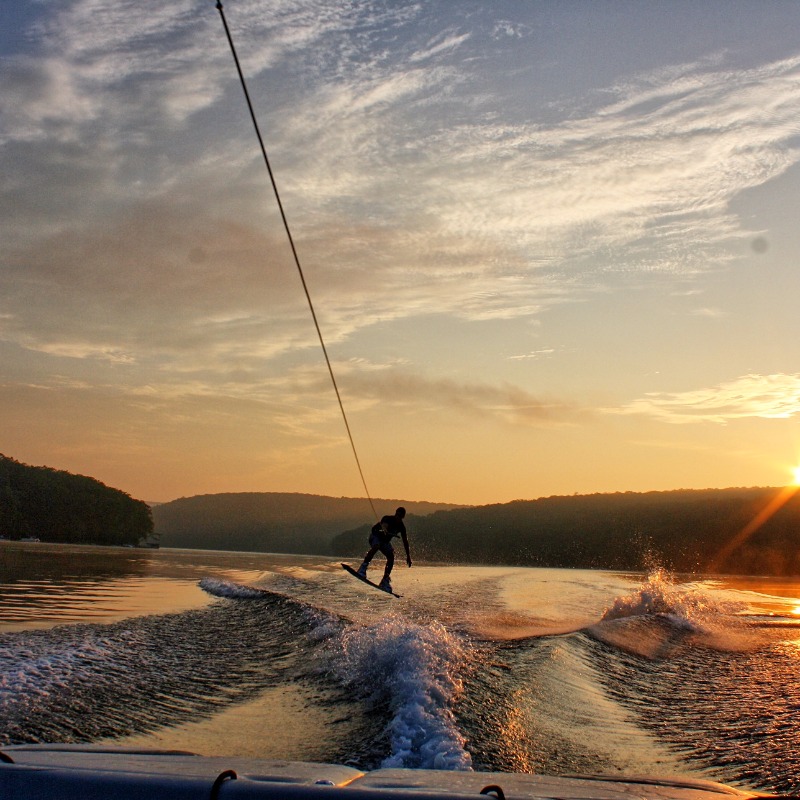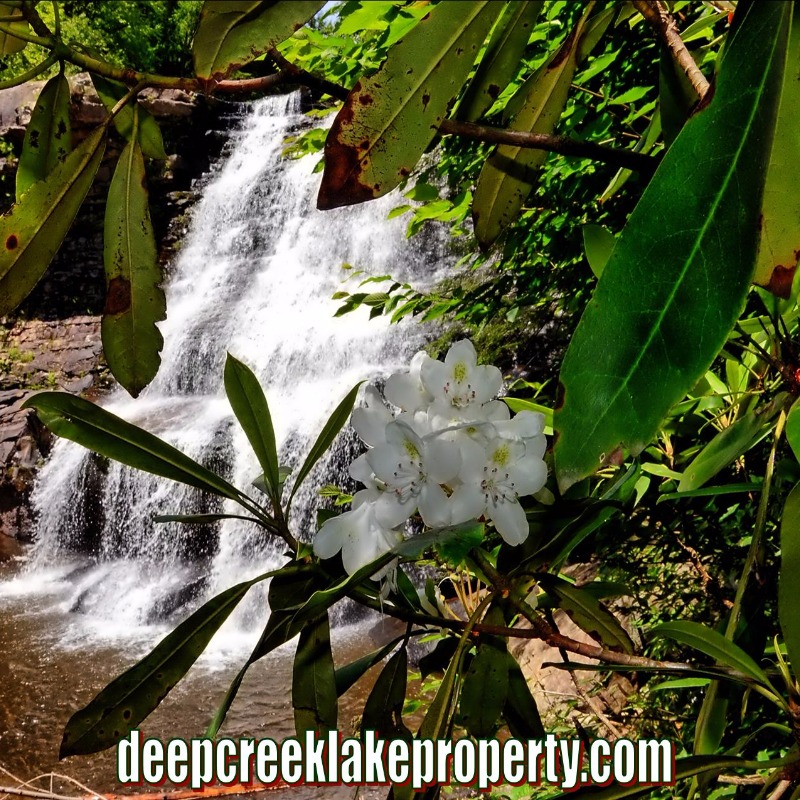Cranesville Swamp - A Local Hidden Gem
Lying just west of Swallow Falls on the Maryland-West Virginia border is a unique ecosystem that offers window into ice ages past. Because of its location on the western edge of the Appalachian Mountains, the Cranesville Swamp is home to plant and animal species uncommon for the mid-Atlantic region.
About the Cranesville Swamp
The swamp is different due to its “frost pocket effect.” The elevation is lower in a frost pocket, causing cooler temperatures and making that patch of ground particularly susceptible to frost. The combination of moisture and cold air create a landscape more reminiscent of habitat found much further north in Canadian boreal forests. Visitors to the park, managed by the The Nature Conservancy (TNC), are able to glimpse a natural anomaly created by this rare mix of altitude, temperature and precipitation.
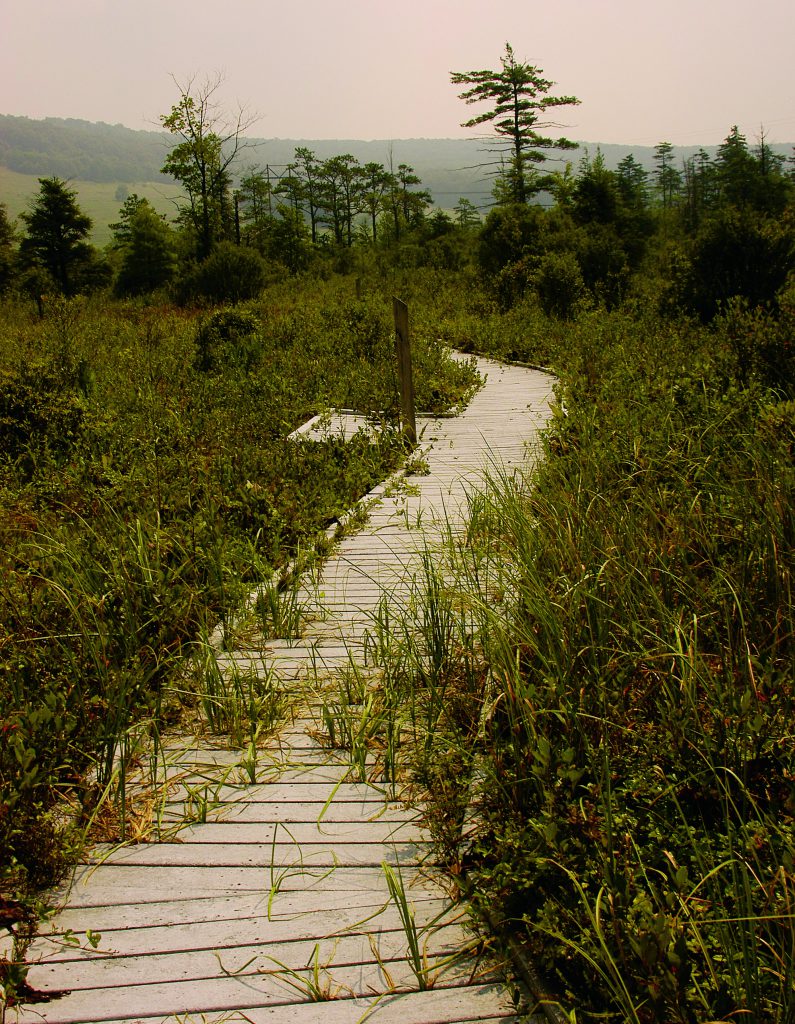
A Look at the Past
Over 15,000 years ago at the end of the last Ice Age, glaciers froze much of North America and northern latitude species were pushed southward. The area that became Cranesville settled in a mountain valley. The surrounding hills catch cold air pockets and precipitation, pushing them into the valley. The valley “frost pocket” is responsible for Cranesville’s designation as a sub-arctic swamp. The preserve one of the coolest and wettest spots in Maryland, creating an isolated refuge for species normally found much farther north.
Visiting the Cranesville Swamp
This pocket of biodiversity is home to 43 species of animals and plants classified by the state as rare or endangered, and five considered rare worldwide, including: the southern water shrew, mountain earth snake and the plant Jacob’s ladder. There are 5 trails throughout the park, one of which includes a quarter-mile boardwalk over the swamp. From the boardwalk, guests can view a variety of plant and animal species that not typically found in this region.
The boardwalk is the best to spot the carnivorous sundew, a tiny plant similar to the Venus fly trap, whose stalks are tipped with a sticky glue. When small insects land on the sundew’s sticky stalks the plant’s adhesive and digestive enzymes break them down for food. Another unusual sight along the boardwalk, an additional byproduct of Cranesville preserve’s “arctic” status, are stands of tamarack or eastern larch. Normally found much further north into Canada, they have short pine needles and small cones and are one of the very few conifers that shed their needles each winter. Cranesville is only one of two places where tamarack populations have been found in Maryland and is said to be the southernmost location anywhere for the species.
Birding at the Cranesville Swamp
Many common bird species can be observed from the trails and boardwalk. Black bear, wood ducks and deer are frequently seen in the shrub thickets surrounding Muddy Creek. There have also been reports of river otters back in the area along with coyotes. Rare mammals documented at this preserve include: the Northern water shrew and state-rare breeding birds the golden-crowned kinglet, alder flycatcher, Nashville warbler and saw-whet owl.
The saw-whet is a small, short-bodied bird that lives within spruce forests and can be identified by its bright yellow-orange eyes, black beak and lack of ear tufts. Strictly nocturnal, it hunts and preys on small mammals mainly at dawn and dusk. Its name comes from the call it makes when alarmed. When threatened, it stretches its body to appear like a bump or a tree branch.
The Nature Conservancy bought 259 acres of Cranesville in 1960. Today, that has grown to over 1,600 acres. In 1965, Cranesville Swamp was one of the first National Natural Landmarks designated by the National Park Service. American Forests’ Global ReLeaf grants have planted both red spruce and white pine to reforest old fields and logged areas. Spruce trees help keep temperatures low and retain water. When they were removed at the turn of the century by farmers and loggers, it opened up the area and caused increased temperatures in the swamp.
By reestablishing the natural forestland, the region will benefit by bringing animals back and through the increased tree cover that prevents run-off and encourages water retention. The spruce seeds are harvesting locally and volunteers come out on a yearly basis from the District of Columbia, Pennsylvania, Maryland, Virginia and West Virginia to make the plantings a reality. Their efforts are establishing a future for the preserve, its habitat and wildlife.
Admission to the preserve is free and much of the area is easily walked. When you visit, keep in mind that this is a unique natural environment. TNC requests that you keep the following in mind:
- Bring plenty of drinking water, sun protection (sunscreen, hat, sunglasses), rain gear, and bug protection. Binoculars, field guides, and a camera may be useful.
- Pets are not allowed.
- Smoking is not permitted.
- Do not remove any plants, animals, or rocks.
- Take home everything that you bring in, including biodegradable materials.
Some areas are wet and boggy areas, so be sure to bring proper footwear and stay on designated trails or the boardwalk. Also, keep in mind weather conditions are often cooler and wetter than nearby locations at lower elevations.
For more information visit: The Nature Conservancy – www.nature.org
Posted on 12/30/2018 in Deep Creek Lake Activities, Uncategorized # cranesville swamp, deeep creek lake


